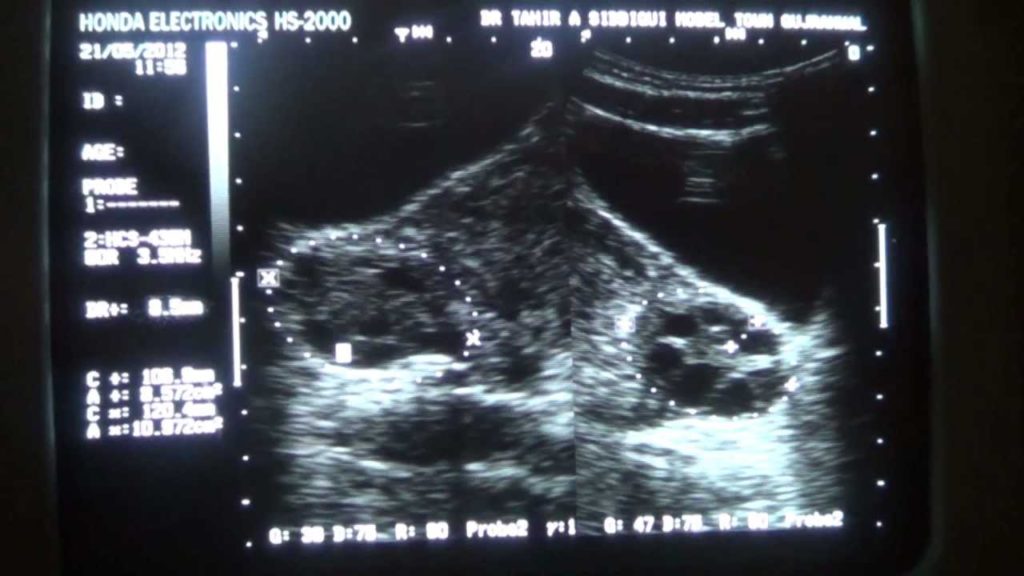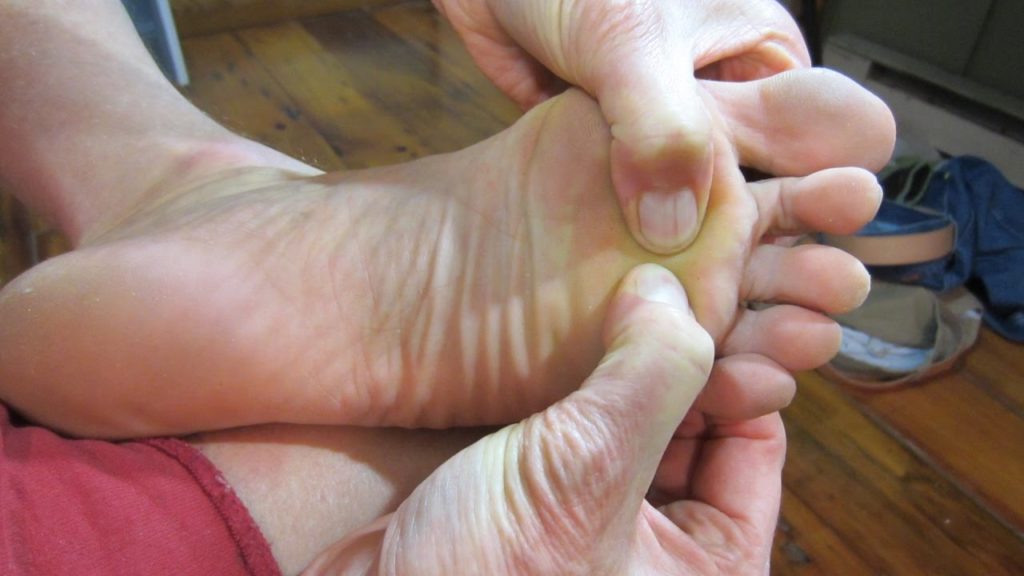Morton’s neuroma is a painful foot condition that affects one of the nerves between the toes.
It’s also known as Morton’s metatarsalgia or interdigital neuroma.
In Morton’s neuroma, a nerve in the foot becomes irritated and thickened, which can cause severe pain.
The condition can occur in one foot or both feet. It usually affects the nerve between the third and fourth toes, but sometimes the second and third toes are affected.
Morton’s neuroma can occur at any age, but most often affects middle-aged women. This may be because women tend to wear tight or high-heeled shoes that can put pressure on the feet.
It’s also increasingly seen in runners, possibly because of the increased pressure on the toes that occurs when running.
Symptoms of Morton’s neuroma
You may initially experience a tingling sensation in the space between your toes, which gets worse over time. This eventually develops into a sharp shooting or burning pain in the ball of your foot or at the base of your toes. There may also be some numbness in your toes.
The pain is often worse when walking or wearing shoes that squash the feet. Some people describe walking with Morton’s neuroma as feeling like there’s a small stone stuck under your foot. Removing your shoes and rubbing your foot may reduce the pain.
When to seek medical advice
It’s a good idea to make an appointment to see a podiatrist (specialist in foot problems) if you have persistent symptoms of Morton’s neuroma, as the condition is unlikely to improve on its own. You could also visit your GP, who may refer you to a podiatrist.
Your GP or podiatrist may examine your foot and ask you some questions to find out:
about the pain and what it feels like
when your symptoms started
what type of shoes you usually wear
about your work, lifestyle and sporting activities
They can also suggest simple measures you can try at home to reduce your symptoms, or recommend other treatments.
Find a podiatrist near you.
What causes Morton’s neuroma?
Morton’s neuroma occurs when one of the nerves between the toe bones becomes irritated, which causes it to become thicker. The exact cause of the irritation is unknown, but it may be caused by the nerve being squashed (compressed), stretched or damaged.
The condition has been linked to:
wearing tight, pointy or high-heeled shoes
being active and playing sport – particularly running or sports that involve running and placing pressure on the feet, such as racquet sports
other foot problems, such as flat feet, high arches, bunions and hammer toes
It’s not clear if these directly cause the condition or just make the symptoms worse.
Treating Morton’s neuroma
Treatment for Morton’s neuroma will depend on how long you’ve had the condition and its severity. Simple non-surgical treatments are effective for some people. Others may need surgery.
Non-surgical treatments
At first, your podiatrist or GP may recommend:
changing your footwear – shoes with a wider toe area may help ease the pressure on the nerve in your foot
orthotic devices – a soft pad for the ball of your foot may help relieve the pressure on the nerve
painkillers – taking over-the-counter anti-inflammatory painkillers, such as ibuprofen, may help ease the pain and inflammation
losing weight – if you’re overweight, losing weight may reduce the strain on your feet
injections – injections of a steroid medication or alcohol solution alongside a local anaesthetic may offer some pain relief
Resting your foot and massaging your toes may also help relieve the pain. Some people also find it useful to hold an ice pack against their foot.
A relatively new procedure called cryosurgery (or cryotherapy), where a small probe is inserted into the foot and used to destroy the thickened nerve tissue by freezing it, is also sometimes used to treat Morton’s neuroma. However, this is still fairly experimental and isn’t widely available in the UK. You’ll usually have to pay for it privately.
Surgery
Surgery for Morton’s neuroma is usually only recommended if you have very severe pain or if the treatments above haven’t worked. In this case, your GP can refer you to a podiatric or orthopaedic surgeon to discuss whether surgery is suitable for you.
During the operation, a small incision is made on the top or bottom of your foot so the surgeon can access the affected nerve. They will then either:
increase the space around the nerve by removing some of the surrounding tissue, or
remove part of the nerve – if this is done, the area between your toes will be permanently numb
The procedure is usually carried out using a general anaesthetic or local anaesthetic. You normally won’t need to stay in hospital overnight.
After the procedure, you’ll need to wear a special protective shoe until the affected area has healed enough to wear normal footwear. You can usually walk soon after the operation, although it will take weeks or months to make a full recovery.
Most people who have surgery to treat Morton’s neuroma have positive results and their pain is relieved afterwards.
As with all types of surgery, however, complications can occur, such as swelling, infection and pain. You should discuss the risks with your surgeon before having the procedure.




